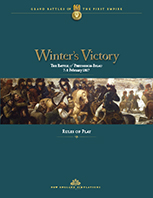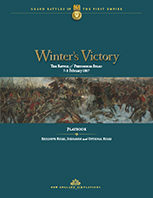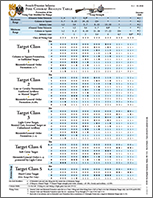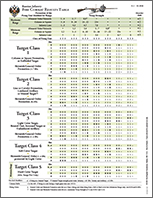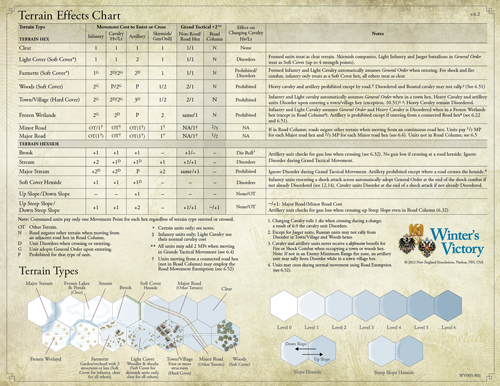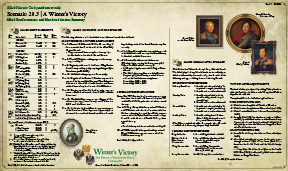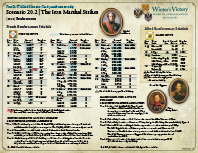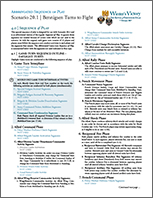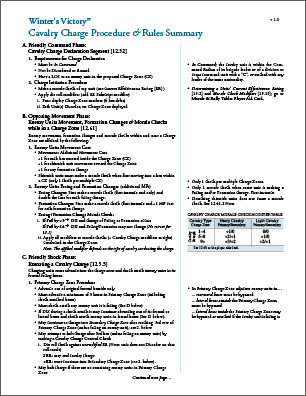
WINTER'S VICTORY RULES & PLAYBOOK
UPDATED FIRE COMBART RESULT TABLES
|
TERRAIN EFFECTS CHART UPDATE
Terrain Effects Card Update v1.1_2024-03
ALLIED SETUP & REINFORCEMENT CARD - SCENARIO 20.3
Scenario 20.3 Allied Card Update v1.2_2024-04
FRENCH/ALLIED SETUP CARD - SCENARIO 20.2
|
|||||
ADDITIONAL PLAYER AIDS |
||||||
SCENARIO 20.1 SPECIAL SEQUENCE of PLAY
|
CAVALRY CHARGE SUMMARY SHEET
|
